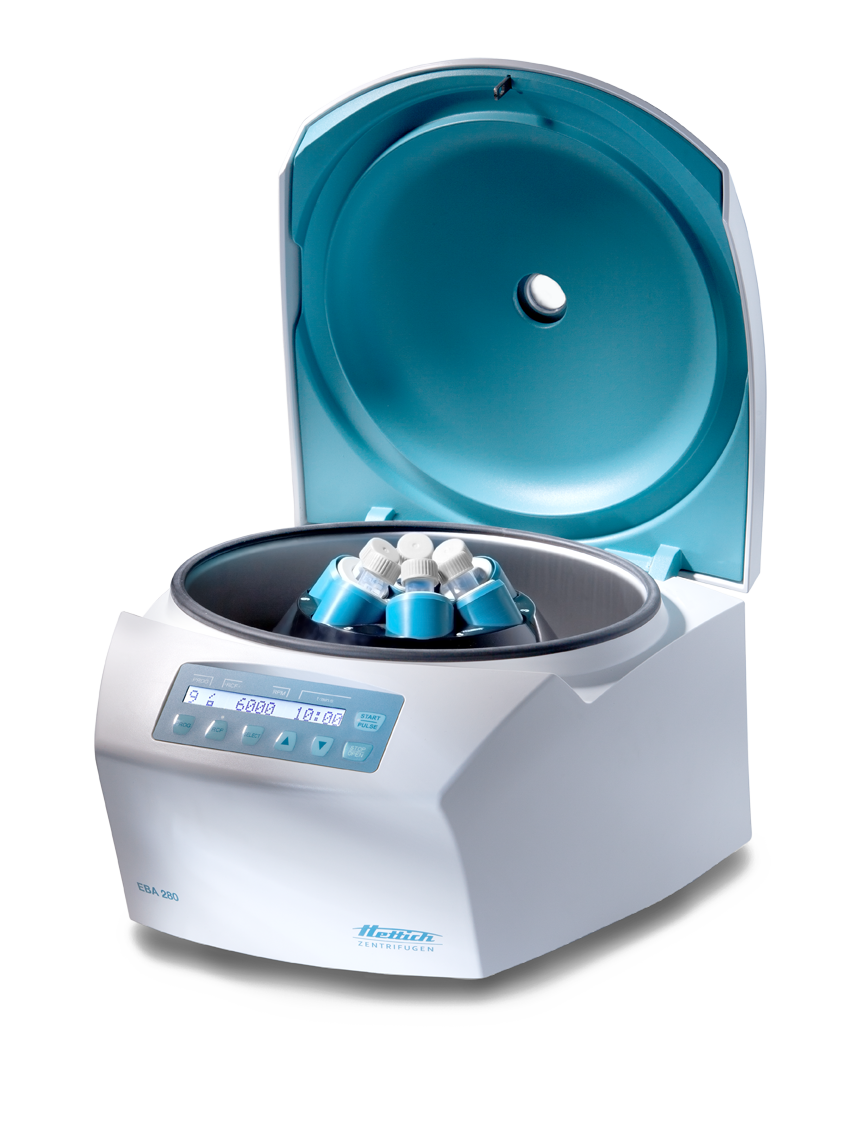Also called a serofuge, a serological centrifuge works by separating the serum from the red blood cells. A serological centrifuge has to be calibrated to suit its intended use or technique.
The Different Uses and Applications of Serological Centrifuges
Agglutination grading, direct antibody testing, antibody identification, and rouleaux detection are just a few of the test serums are used for. Serological centrifuges may use angled heads to help the cells move along the test tube’s side to the bottom. This makes the resuspension of cells easier.
Generally, 10 x 75 test tubes will be used for agglutination grading. In blood banking, centrifuges are typically run at speed 3400 to 3500 RPM when used for grading and red cell washing. When figuring out the proper force to use, one needs to refer to the reagent manufacturer’s guidelines and the collection tube.
Typically, glass tubes are centrifuged for 20 to 30 seconds to achieve the right blood bank agglutination grading. Centrifuges are set to different speeds for whole blood separation and the forming of mono layers.
For blood banking purposes, benchtop style centrifuges with fixed head rotors are considered ideal. If used for the initial separation of red blood cells and plasma, centrifuges with swinging head rotors is considered ideal. Angled rotors can leave blood at angle and affect automated testing.
Typically, blood bank centrifuge heads can have up to 12 test tubes. A centrifugation calculator can also be used to help you need the reagent manufacturer’s specifications and the collection tube. Collection tubes are usually spun for 10 minutes at g force of under 2700g for blood bank use.

